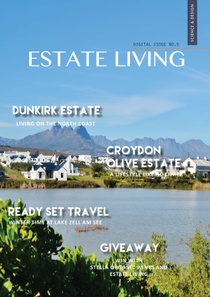News
WDC2014 - A Review of a Review
Previous article:
Helderberg Retirement Estate
Next article:
FLISP – The Missing Money

